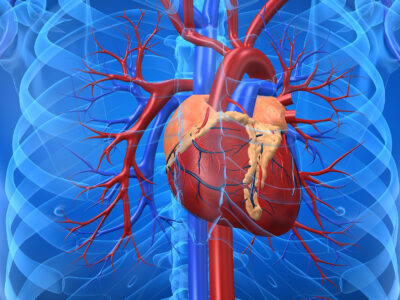In a fast-paced world brimming with advancements, the pace of our lives can sometimes lead us to overlook the most vital aspect—our health. Cardiovascular diseases (CVDs) stand as a testament to the importance of vigilance and early action. These diseases, affecting the heart and blood vessels, are collectively the leading cause of death worldwide. However, armed with the power of early detection and treatment, we can turn the tide against this silent threat. Let’s delve into the significance of early intervention, backed by insights from the World Health Organization (WHO) Fact Sheet on Cardiovascular Diseases.
According to the WHO, CVDs claim an astounding 17.9 million lives each year. This staggering figure accounts for 31% of all global deaths. A closer look at the numbers reveals an unsettling trend—roughly 85% of these deaths are attributed to heart attacks and strokes. More alarmingly, nearly three-quarters of these deaths occur in low- and middle-income countries. This data serves as a clarion call for proactive measures to combat these diseases at their roots.
The Power of Early Detection
Early detection acts as a shield against the progression of CVDs. Regular health check-ups, monitoring blood pressure, cholesterol levels, and lifestyle choices can unveil warning signs before they escalate into critical conditions. By catching issues like hypertension and high cholesterol early on, healthcare professionals can provide guidance to mitigate risks. As the WHO emphasizes, a healthy lifestyle that includes a balanced diet, regular physical activity, and avoiding tobacco use can greatly reduce the risk of CVDs.
Treatment becomes most effective when initiated early. Cardiovascular diseases encompass a spectrum of conditions, ranging from coronary artery disease to heart failure. Modern medical advancements provide an array of treatments, from medications that manage blood pressure and cholesterol to surgical interventions like stent placements and bypass surgeries. Prompt action can halt disease progression, improve quality of life, and extend longevity.
Raising awareness about cardiovascular diseases is essential. Individuals must recognize their risk factors, which include genetics, age, gender, and lifestyle choices. By fostering a culture of health consciousness, we can encourage people to adopt healthier habits, engage in regular screenings, and seek medical help at the first signs of trouble.
The WHO data underscores the unfortunate reality of CVD-related deaths being more prevalent in low- and middle-income countries. Addressing this disparity requires a multifaceted approach—increased access to quality healthcare, affordable medications, and educational campaigns. Governments, non-governmental organizations, and international bodies must collaborate to bridge this gap and ensure that all individuals, regardless of their socioeconomic status, have the opportunity for early detection and timely treatment.
In a world where time seems to slip through our fingers, prioritizing our health cannot be an afterthought. Cardiovascular diseases remind us that behind the bustling façade of life, our hearts silently power our existence. Early detection and treatment are the tools at our disposal to combat this invisible adversary.


 February is American Heart Month!
February is American Heart Month!